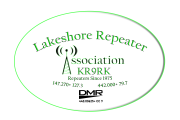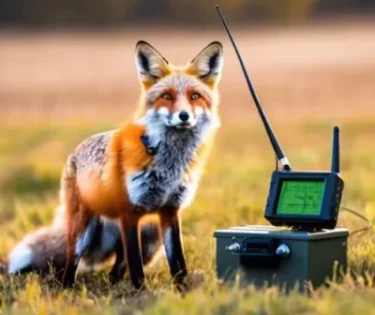November 1, 2024 Newsletter
October 1, 2024 LRA Newsletter
Welcome to the Lakeshore Repeater Association (SE Wisconsin)
Please consider a contribution to PROJECT NORTH STAR, a remote HF station being constructed in Raymond, Wi. on behalf of LRA members. This is the biggest expansion of LRA capability in years and we need your support. Details are below. Donate here to the project fund:
https://www.gofundme.com/f/support-lakeshores-project-north-star
Our history in Wisconsin goes back 50 years and we’ve grown to triple digit membership in recent years. We operate multiple Ham Radio repeater systems covering SE Wisconsin. Check them out in the pull-down menus above.

We’ve recently added Allstar coverage to give us world-wide coverage and our “Happy Hour” group that meets every day at 5:00pm Central time is your opportunity to introduce yourself. New hams are especially welcome. Here’s a typical Allstar node chart on the “un-net”:

Operating on our systems is a privilege … not a right … so please review our operating rules in the pull-down menu above. They are simply based on common courtesy.
We sincerely hope you decide to become a member (click on the MEMBERSHIP pulldown above to join on-line) and support our operating costs with a small annual donation, but if not, please know that you are always welcome. Our leadership team is always willing to help and answer questions. Contact them at BOARD@KR9RK.COM
Go to MEMBERS tab for recent Newsletter:
September 2024 Newsletter
August 2024 Newsletter
Ham Radio Fox Hunts 2024
Radio Direction Finding and hidden transmitter search
Join us for an exciting Ham Radio Fox Hunt ! We run a hunt every month on the second Saturday. We kick off the day at Meadows Family Restaurant in Franksville, where we’ll gather for breakfast at 8:00 AM, followed by a brief meeting.
Continue reading “Ham Radio Fox Hunts 2024”July 2024 Newsletter
June 2024 Newsletter
Report Severe Weather Safely and Effectively
Stay safe first! Only report weather events if you can do so without putting yourself in danger.
The Severe Weather net will be started on the LRA 2m repeater.
How to Report:
- Check in: Use your call sign, name, and location to check in to the severe weather net. The net will be started on the LRA 2m repeater.
- Get Attention: When reporting, clearly state your call sign and briefly mention what you’re seeing (e.g., “This is N0CALL reporting heavy rain”).
- Provide Details: Once Net Control acknowledges you, provide a full report using the “Who”, “What”, “When”, and “Where” format.
- Reporting Resources: Refer to the “Severe/Convective Weather Report” form under Activities > SKYWARN page.
Remember: By reporting accurately and following proper procedures, you are helping to keep your community safe!

